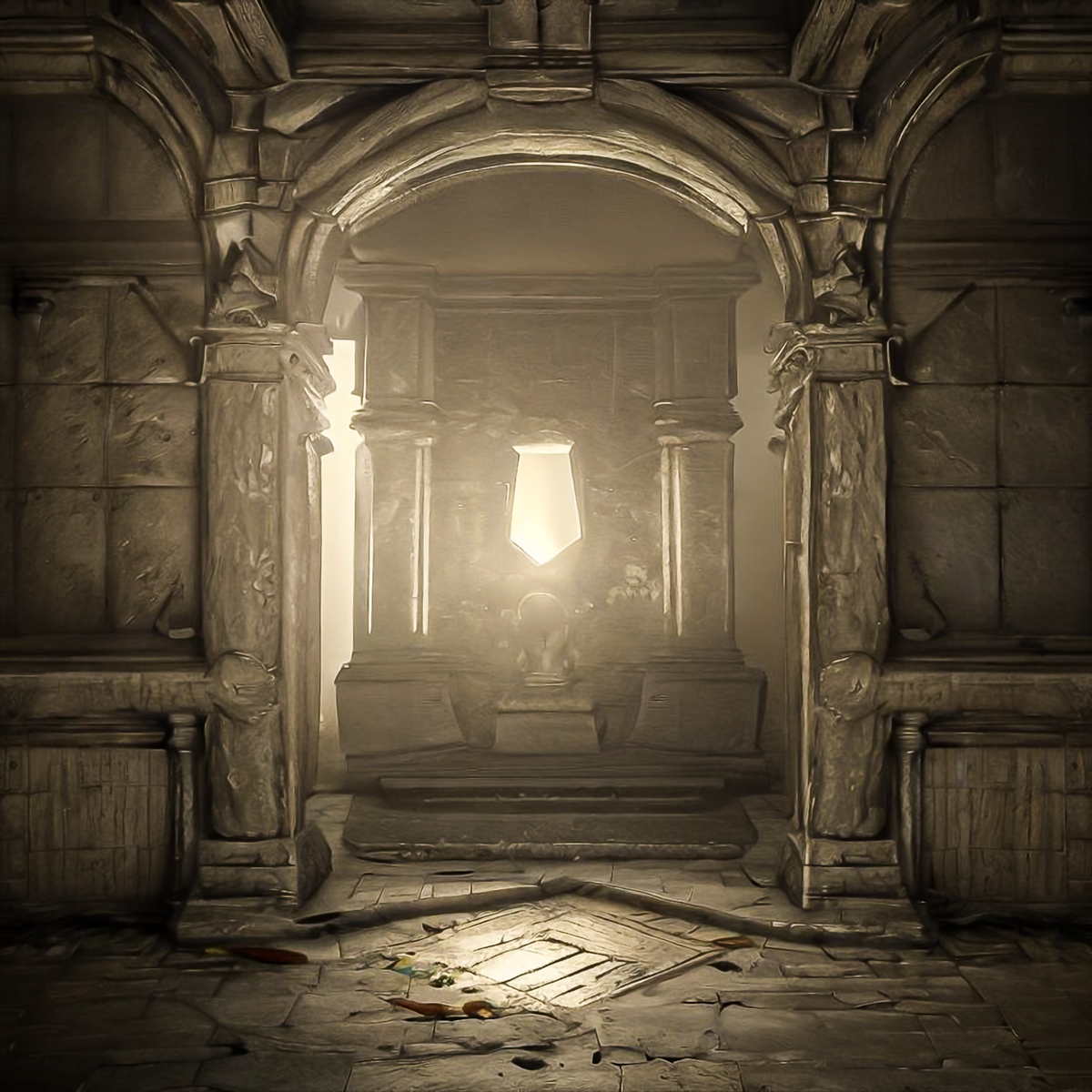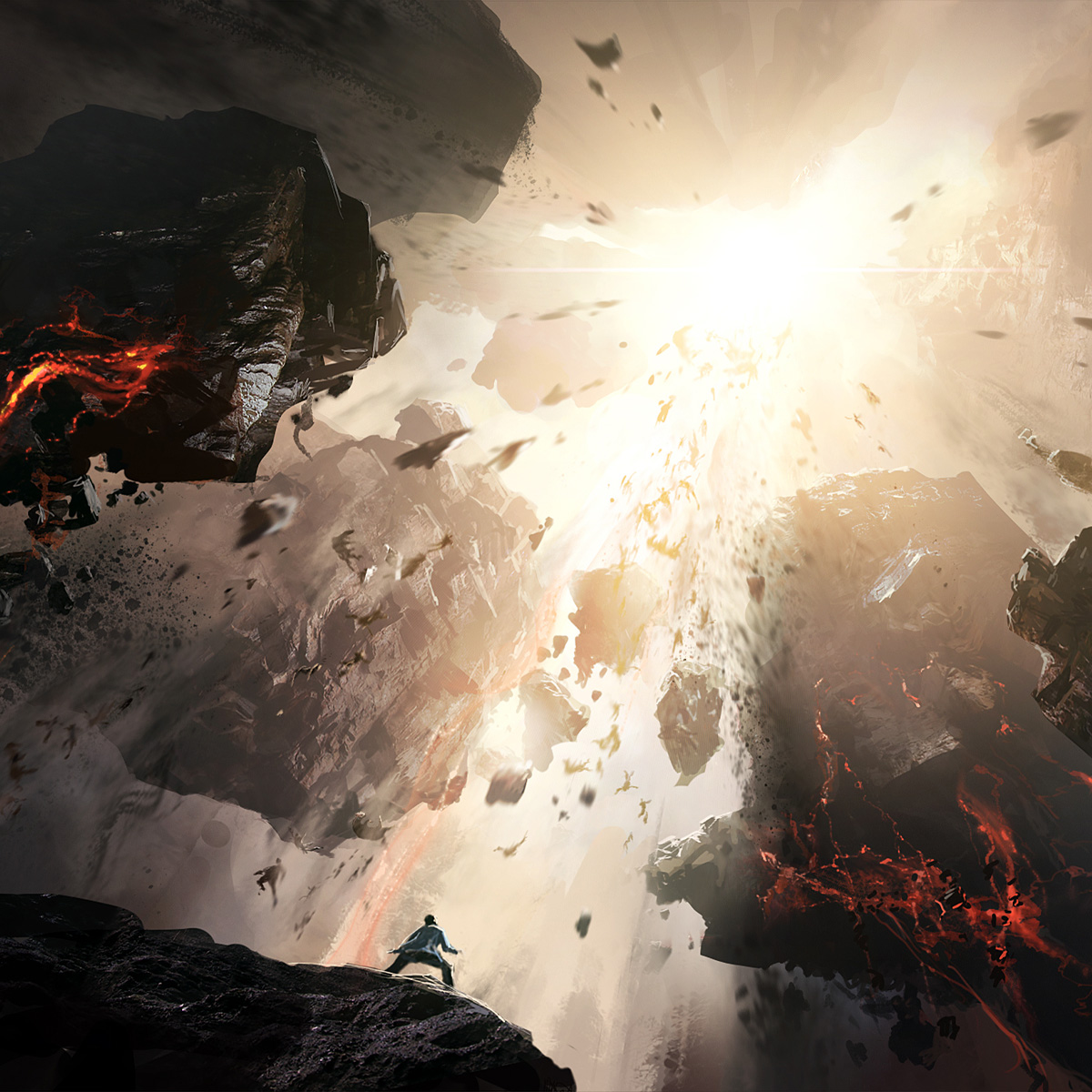
When running a successful tabletop game, dungeon design and descriptions are key elements that can make or break a session. Creating an immersive, engaging experience for your players requires carefully crafted and evocative descriptions. In this blog post, we'll explore some tips to help you make your dungeon descriptions more engaging and exciting for your players. From choosing the right words to adding extra elements of mystery, you'll learn how to bring your dungeon descriptions to life and give your players an unforgettable gaming experience.
The Basics of Writing a Dungeon Description
Describing the environment your players will explore can be challenging; how do you ensure your descriptions are interesting and engaging? How much detail is too much, where we lose the attention of our players, and how much is too little, where the players don't have enough information to work from? There's an art to creating an engaging, concise description that still creates the mood we want to convey and clues for interesting features.
At the heart of every description is a basic overview of the room or area itself. How big is it? What's unique about the area? What sense or emotion does the environment evoke?
The first step in writing an engaging description is to set the scene. To do this, you need to consider the physical features of the room, including size, shape, color, furniture, decorations, and so on. Once you have established the room's physical appearance, you can begin to think about what kind of atmosphere it creates. Think about how this might affect your players’ emotions and reactions - is the room comforting or oppressive? Is it peaceful or unsettling? Is there an odor of rot and mildew, or is the air dry and dusty?
Think about the atmosphere and how it affects your players’ emotions.
You should also consider any potential dangers or puzzles that might be present in the room. For example, does the room contain noticeable traps, locked doors, strange magic, or other interesting elements? These elements should be described in a way that makes them both compelling and mysterious. Additionally, you should consider how these elements interact with each other and how your players may approach them.
Finally, you should note the inhabitants of the room. Are there monsters lurking in the shadows? Are there helpful NPCs that might provide assistance? If they're not hiding, you should describe their appearances and mannerisms in a way that gives your players an impression of what they can expect.
Making Your Descriptions More Engaging
To make your environment descriptions more engaging, focus on adding one or two unique details that your players will remember. For example, instead of just describing a room as "a large cave," you can add something like "an eerie green light emanates from the far corner of this large natural cave."
When writing environment descriptions, also try to evoke a particular mood or feel rather than getting bogged down in specific details. Think about what kind of atmosphere you want to create and how you can use words to set the scene. You could describe a hallway as "a long, dark tunnel leading into unknown depths" to give the players a sense of mystery and anticipation.
Try not to get bogged down in specific details or to give too much away.
Finally, it's important to keep the mystery alive. Make sure your descriptions don't give too much away and leave some unanswered questions to be discovered by your players. This will help them stay engaged and motivated to explore the environment you've created. As the game master, it's your job to create an immersive environment that will captivate your players and make them feel like they are truly living in the game world.
Tips for Writing Concise and Varied Descriptions
Given all the information we often want to include, it's easy to become overwhelmed with details or write lengthy descriptions that can confuse our players. Fortunately, there are a few tips that you can use to make your room and dungeon descriptions more concise, interesting, and compelling.
One tip is to focus on a few specific details. Avoid just giving a generic description of the room or dungeon; instead, focus on the finer details. For example, describe the texture of the walls, the quality of furniture in the room, or odd sounds you hear when you enter an area. These small details can make your descriptions much more vivid and engaging.
Use variety in details and the length of descriptions to your advantage.
Another tip is to try and vary your writing style. Sometimes it’s better to write short, concise descriptions, while other times, you can go into greater detail. Players are more likely to move quickly through a room with a short description and a lot of time exploring a room with a lengthy description. Use this to your advantage. Be sure to add variety, including the occasional red-herring or humorous oddity, so that your players don’t get bored.
Finally, always edit your descriptions for conciseness. Having overly long descriptions can be overwhelming and confusing. Take the time to read over your descriptions and trim any unnecessary words. This will help to keep your descriptions clear and concise.
Following these tips can help you create more engaging dungeon descriptions for your tabletop role-playing game. Keep these ideas in mind, and you’ll soon have a wide range of interesting and compelling room and dungeon descriptions.
A Few Examples of Engaging Dungeon Descriptions
1. A Wizard's Lab: You enter what appears to be a laboratory and can't help but notice the room is a cluttered mess. Stacks of leather-bound books fill almost every available space. Tables full of test tubes, beakers, and other strange apparatus line the walls. In the center of the room sits a large stone altar with odd symbols carved into its surface.
For a game master, this could be an interesting encounter full of surprises as the players try to piece together what the wizard has been up to in this laboratory. Adding a simple line about everything being covered in thick dust gives the impression that the wizard has been absent for a long time. By adding a line about broken glass and books spilled to the floor as if from a struggle, you suddenly have a mystery about what happened to the wizard.
2. A Natural Cavern with a Statue: This natural cavern is full of cobwebs that hang from the ceiling like thick blankets. Light streams in from an unknown source, illuminating the room and a giant statue of some ancient figure. The atmosphere is eerie, with a palpable tension in the air, and the sound of dripping water can be heard echoing throughout the cavern.
For a game master looking for a creative room description, this could be the perfect setting for an unforgettable encounter. Players will likely assume the statue is important and will expect spiders, but cobwebs are often abandoned dust-covered webs. The words you select are important, as they set expectations and direct your player's imaginations.
3. A Goblin Den: As you open the door to this goblin den, you are greeted by a wave of stench that causes you to turn away, trying not to vomit. The walls are lined with garbage and bones that have been piled up from years of scavenging and looting. A droning hum fills the space from hundreds of flies buzzing around the room. Beyond the horrific smell and swarms of flies, it's hard to determine what might lay beneath all the garbage.
This is definitely not a pleasant place to visit, but it will likely be memorable, especially if the party actually enters to try and search for treasure or enemies.
4. A Dragon's Den: This cavernous room is full of shining gold and gems that look to have been untouched for years. In the center of the room sits a pile of treasure that glitters in the faint moonlight coming from an opening in the ceiling. Despite no sign of a dragon guardian, something sinister seems to lurk within the shadows.
This is perfect for a game master who wants to create an atmosphere of tension and mystery as their players explore this dragon's hoard. Whether or not the dragon is still around remains to be seen, but the players are likely to assume everything is not as it seems.
In Conclusion
When it comes to writing engaging room descriptions for game masters to use in tabletop games, the main goal should be to create an immersive experience for the players. Whether you’re running a fantasy, sci-fi, or modern game, your room descriptions should be crafted with care and thoughtfulness. Keeping in mind the tips outlined above, you can help make your dungeon crawl more engaging and enjoyable for everyone at the table. Don’t be afraid to take risks with your room descriptions, as this could make all the difference in creating a truly memorable gaming experience.
Want to continue the conversation? Join Our Discord



Commenting has been disabled for this post.